Passion Project
Using VR for STEM Education
Using VR for STEM Education
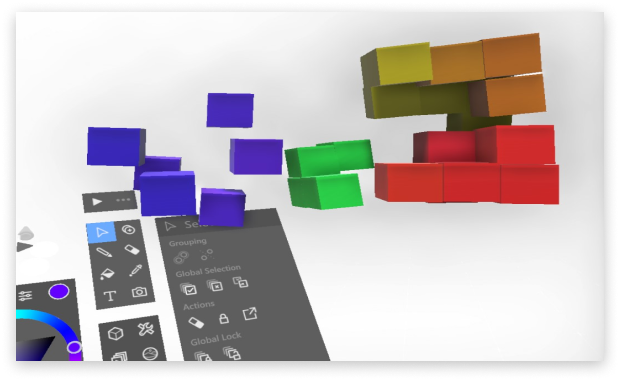
Pratical VR experiment
I’d already spent several months researching using VR in education when this opportunity presented
itself. My son Jackson was in 9th grade and was assigned a project for his Intro to Engineering
Design class. He had to create a 3D puzzle using 27 wooden cubes. Those cubes had
to form 5 individual puzzle pieces. Each piece had to use all 3 dimensions. Lastly,
he had to then test it with 3 individuals and time how long it took them to solve it (to put the pieces
back into a cube form).

Typical 3D cube puzzle
Setting it up
Using Microsoft’s Maquette, I created 27 identical cubes. I taught Jackson the controls: all
he needed to know was how to select and move objects, how to group objects, and how to color
them. The instructional session took about 2 minutes.
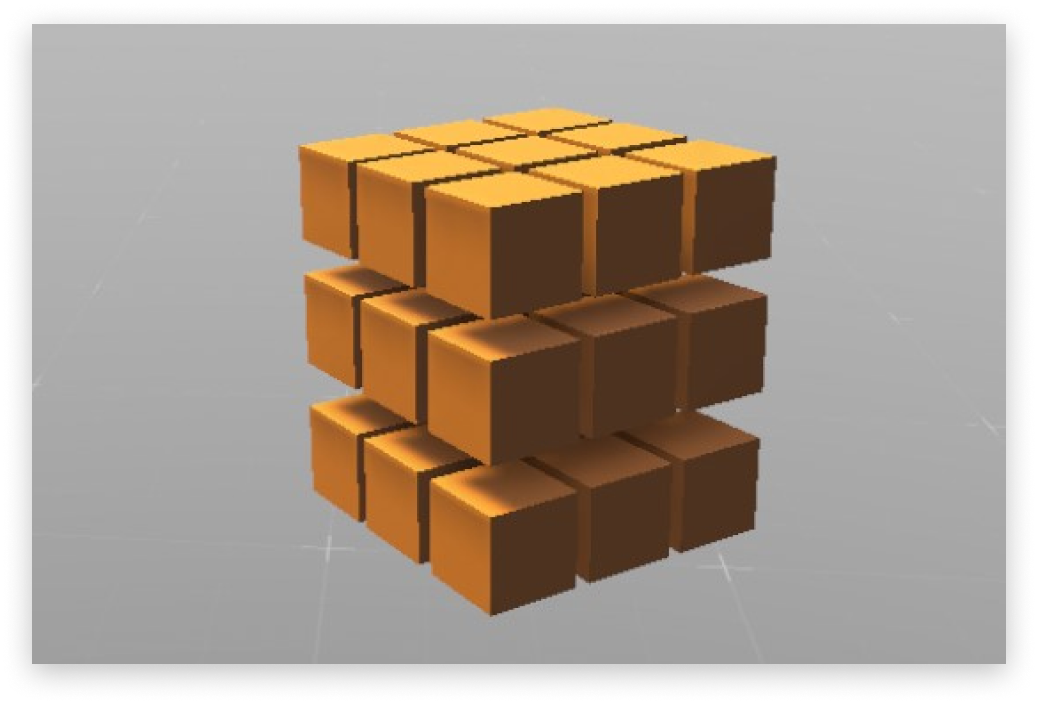
The starting point
Make it
After some quick practice, he was able to completely manipulate the virtual cubes in 3 dimensions.
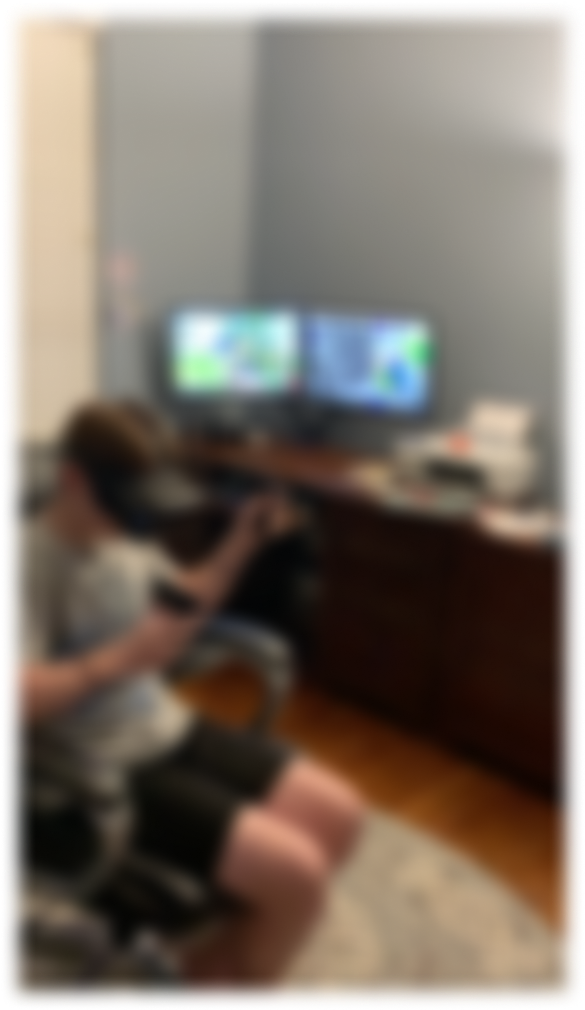
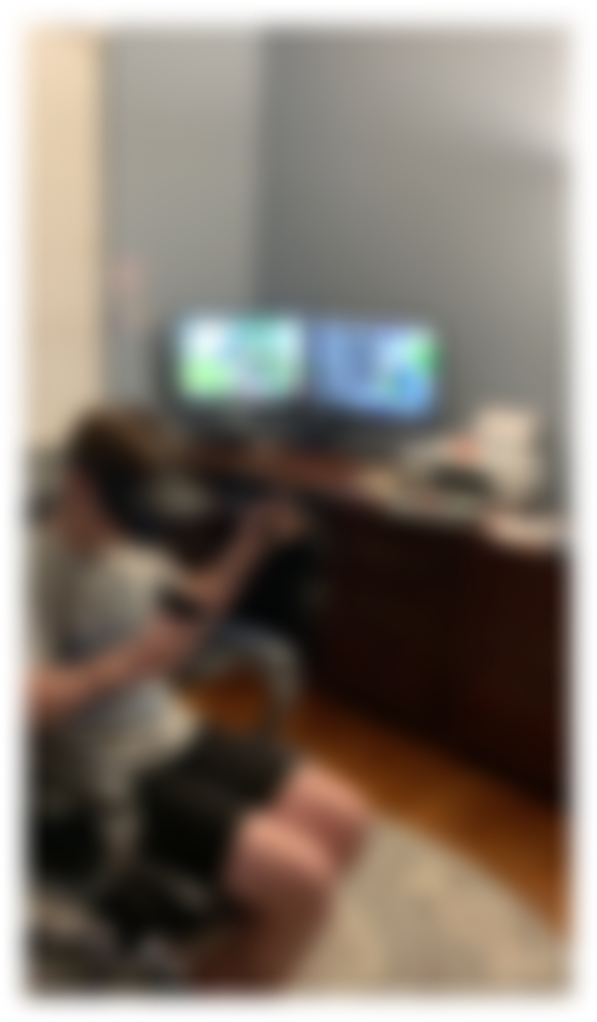
Results
In VR it took Jackson about 20 minutes to create his 3D puzzle from 27 individual blocks. This
would have been quite challenging to do in real life as the constraints were that each puzzle piece had to
occupy 3 dimensions, i.e., there could be no flat puzzle pieces.
The finished 3D puzzle pieces
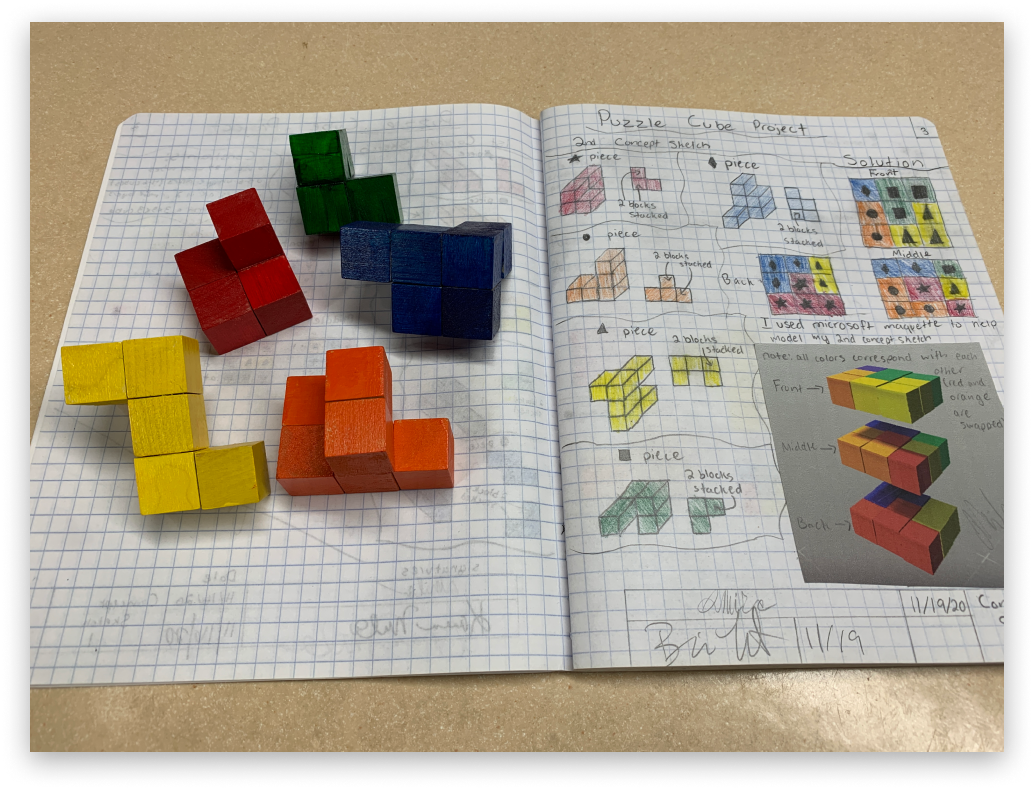
Conclusion
Virtual reality is ideally suited to this type of multi-dimensional problem space
exploration. More importantly, it seems that the technology is not only accessible to younger
kids, it is actually relatively easy for them to learn and use.
